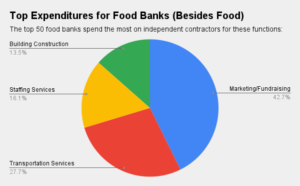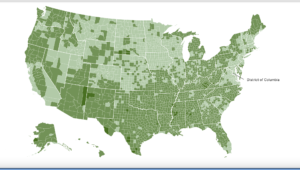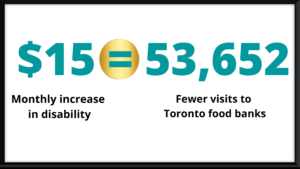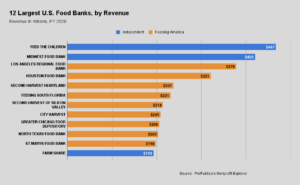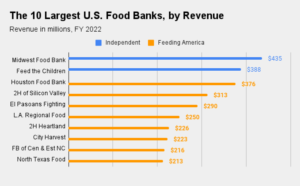Clomid a prescription medication containing clomiphene citrate, is primarily used to treat infertility in women by inducing ovulation. It functions by stimulating an increase in the amount of hormones that support the growth and release of a mature egg (ovulation). This medication is often a first-line treatment for infertility due to anovulation or irregular ovulation and is used under a doctor’s supervision.
| Clomid 100mg | $0.72 | Order online |
| Clomid 50mg | $0.61 | Order online |
| Clomid 25mg | $0.44 | Order online |
Efficacy: Clomid is effective in inducing ovulation in women struggling with infertility, especially due to anovulation or irregular ovulation.
Treatment of infertility often involves addressing underlying causes, ranging from hormonal imbalances to physical issues. It can include medications like Clomid for ovulation induction, assisted reproductive techniques, and lifestyle changes.
Effective infertility treatment requires a personalized approach, tailored to individual needs. It can involve surgical procedures to correct physical anomalies, hormone therapy to balance reproductive hormones, and fertility counseling for psychological support. Each treatment aims to optimize the chances of conception and a healthy pregnancy.
Safety: Clomid is well tolerated by patients, and side effects are usually minor and transient.
Clomid should not be used if you are already pregnant.
Dosage: The dosage of Clomid (clomiphene citrate) is not typically determined based on body weight. Instead, it is generally prescribed in standard doses 50 mg.
Side effects: Hot flashes, Mood swings, Bloating, Nausea or vomiting, Breast tenderness, Blurred vision or other visual disturbances, Headaches, Dizziness, Increased chance of multiple pregnancies.
Welcome to Food Bank News’ 2022 list of the largest 300 food banks in America, by revenue.
In the food banking world, the concept of revenue is a bit unusual. It mostly reflects the amount of donated food that a food bank receives from government programs, manufacturers, grocers and so on. To a smaller extent, it also includes cash donations from individuals, corporations and grants.
In practice then, the bulk of a food bank’s “revenue” stream (i.e. food) almost immediately goes back out into the community in the form of food distributions. Revenue, in other words, is a reflection of the amount of good a food bank can do.
Given the persistent need for food assistance during and beyond the pandemic, it may be no surprise that the total amount of revenue recorded by the top 300 food banks increased dramatically during fiscal year 2021, by $4.6 billion, to more than $18.9 billion, a 37% growth.
These revenue numbers come from food banks’ most recently filed Form 990s or audited financial statements, and predominantly reflect activity from July 2020 through June 2021, a time when the pandemic was continuing to have a major impact on peoples’ livelihoods.
During that time, the largest food bank in the country reported revenue of nearly $599 million, up from $467 million the previous year. Food bank #300 had just under $5 million, almost $1 million more than the lowest-ranked food bank in 2020.
While an essential resource, the food banking network represents just one layer of the overall food system. It compares to $108 billion paid out in SNAP benefits in 2021 and – for what it’s worth – grocery store sales of $800 billion that year.
While many may be familiar with the fact that 200 food banks make up the Feeding America network, there are other types of food banks out there. For example, there are scores of Feeding America “partner distribution organizations,” which work with the main 200 to distribute food more locally. These PDOs (which used to be listed on the Feeding America website, but are no longer) are the reason that we count more than 200 Feeding America food banks among the top 300.
There are also dozens of independent food banks across the country, meaning they are not part of the Feeding America network. We counted more than 70 of them within the top 300, which is more than a dozen more than we knew about last year. While many independent food banks are on the small side, the independent food bank Feed the Children, continues to be the largest in the country, while another independent, Midwest Food Bank, is the third-largest.
A full accounting of the various types of food banks leads to a better understanding of how we are fighting food insecurity as a nation. One insight comes from an analysis of our data by John R. Whitman, PhD, an instructor at Innovations in Nonprofit Management, a Harvard Extension School. His analysis indicates that there may be value in being part of a larger network, such as Feeding America.
The Feeding America food banks among the top 300 increased revenue by 39%, from about $11.7 billion to more than $16 billion. In comparison, the independent food banks increased revenue by 26%, from about $2.2 billion to about $2.7 billion. Whitman also found that the average revenue of the Feeding America food banks among the top 300 is about $71.7 million, compared to about $37 million for the independent food banks.
This year, ten of the 12 largest food banks from last year continued to be the largest. Three of them are in Texas, and two each are in California and Illinois. The Food Bank of Central and Eastern North Carolina and El Pasoans Fighting Hunger are newcomers to the top spots.
The elevation of El Pasoans Fighting Hunger to one of the top spots was hard not to notice. It was the fastest-growing food bank in the country during the pandemic, increasing its revenue by over 670% from $43.2 million in calendar year 2019 to $290 million in 2020.
Chief Executive Officer Susan Goodell credits numerous extraneous circumstances during the first year of the pandemic for the food bank’s growth. “A significant portion of it came from government programs, but a lot of it came from surplus national manufacturing that under normal circumstances would have been taken up by their local food banks,” said Goodell.
Being a younger food bank also helped El Pasoans Fighting Hunger Food Bank pivot when necessary to accommodate the shifting landscape. With a five-year growth plan already established, the food bank could rapidly increase storage, refrigeration, and delivery and pick-up options to accommodate the increased amount of food coming into the food bank and the distribution needed to get it back out.
“We’re such a young Food Bank that there wasn’t a culture of, ‘This is how we do things,’” said Goodell. “This feeling that we could do anything went a long way to making all that a reality.”
How many food banks are there in total? That’s a good question. We stopped counting at 300, but there are definitely more institutions that fit our working definition of a food bank – an organization that distributes food to at least two pantries, or programs (such as afterschool meals), or mobile distribution sites. A more extensive accounting of the nation’s food banks, which we hope to eventually reach, would provide an even fuller picture of the size, scope and status of hunger relief in the U.S.
Like last year, our Top 300 list is published as a Tableau data dashboard and offers interactive data snapshots. It shows: the Top 300 food banks; food banks by state; independent food banks within the Top 300, and more. With the list, we hope to advance knowledge and understanding of all the players working to solve food insecurity in America. Check it out here! – Zachary Smith
Zachary Smith, a former Food Bank News intern, is Data Reporter at Cleveland.com.
Like what you’re reading?
Support Food Bank News
